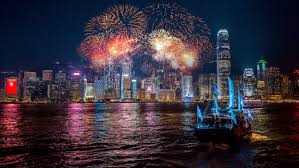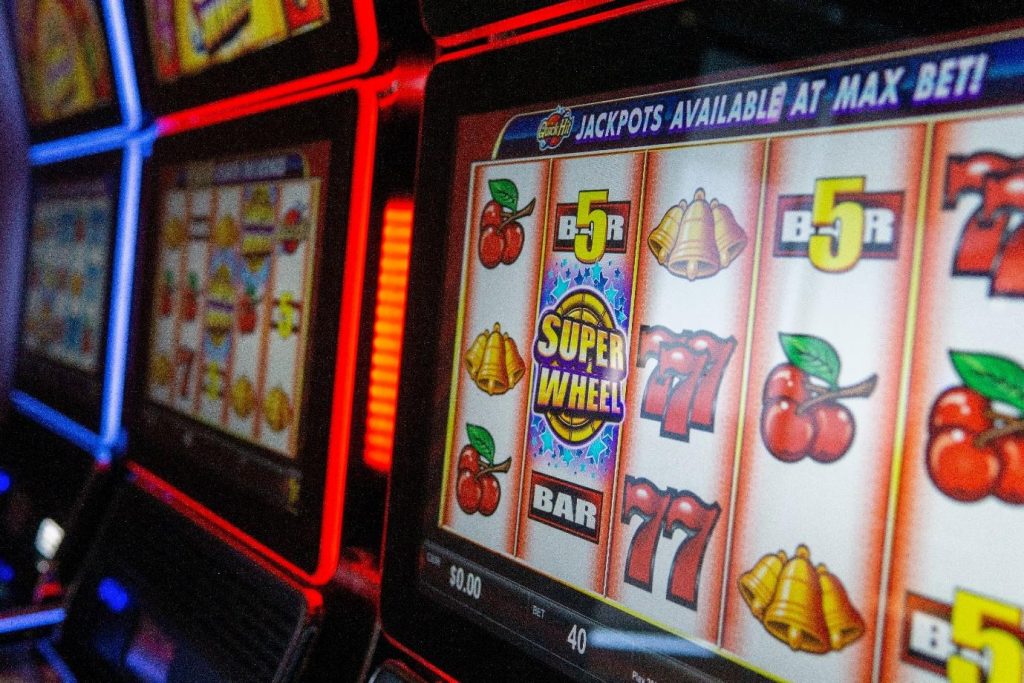Fireworks have a magical way of transforming the night sky into a canvas of vibrant colors and patterns, captivating audiences worldwide. Whether it’s a New Year’s Eve celebration, a national holiday, or a festive occasion, fireworks add a touch of wonder and excitement. This comprehensive guide explores the history, science, types, and safety measures associated with fireworks, ensuring you have all the information you need to enjoy these dazzling displays responsibly.
- The Historical Spark: Origins of Fireworks
- The Science Behind the Spectacle
- Types of Fireworks: A Visual Feast
- Safety First: Guidelines for Enjoying Fireworks Responsibly
- Celebrating New Year’s Eve with Fireworks
- The Environmental Impact of Fireworks
- The Cultural Significance of Fireworks
- Planning Your Own Fireworks Display
- Conclusion: Embracing the Wonder of Fireworks
The Historical Spark: Origins of Fireworks
The story of fireworks begins over 2,000 years ago in ancient China. It is believed that the first firecrackers were made by tossing bamboo stalks into fire, causing them to explode due to the overheating of air pockets within the bamboo. The Chinese soon discovered that mixing potassium nitrate, sulfur, and charcoal created a primitive form of gunpowder, which they used to enhance their firecrackers’ explosive power. These early fireworks were not just for entertainment; they were also used to ward off evil spirits and bring good luck.
As trade routes expanded, the knowledge of gunpowder and fireworks spread to the Middle East and Europe. By the 13th century, fireworks were a prominent feature in military tactics and celebrations across the continent. The Italian Renaissance saw fireworks evolve into an art form, with elaborate displays accompanying festivals and royal events.
The Science Behind the Spectacle
Fireworks are a brilliant blend of chemistry and physics. Each firework is meticulously crafted to produce specific colors, sounds, and effects. The vivid hues result from the combustion of metal salts:
- Red: Strontium salts
- Green: Barium compounds
- Blue: Copper compounds
- Yellow: Sodium compounds
- Purple: A mix of strontium and copper compounds
The explosion’s timing and pattern depend on the arrangement of the firework’s internal components, such as stars (pellets that contain the color-producing chemicals) and bursting charges. When ignited, these elements work in harmony to create the breathtaking displays we admire.
Types of Fireworks: A Visual Feast
There is a wide variety of fireworks, each designed to produce unique effects:
- Aerial Shells: Spherical or cylindrical shells that explode in the sky, creating patterns like peonies, chrysanthemums, and willows.
- Roman Candles: Tubes that shoot out stars or exploding shells at regular intervals.
- Fountains: Ground-based fireworks that emit showers of sparks and can include colors and crackling effects.
- Sparklers: Handheld sticks that produce bright, long-lasting sparks, popular at parties and weddings.
- Cakes and Barrages: Multi-shot fireworks that offer a sequence of effects from a single ignition.
- Novelties: Items like smoke bombs, snappers, and snakes, which are less explosive and often used for daytime events.
Safety First: Guidelines for Enjoying Fireworks Responsibly
While fireworks bring joy and excitement, they can be dangerous if not handled properly. Here are essential safety tips:
- Purchase Legally and Responsibly: Always buy fireworks from licensed retailers who comply with local regulations.
- Read Instructions Carefully: Before using any firework, read the safety instructions and performance descriptions.
- Designate a Safe Area: Use fireworks outdoors in a clear area, away from buildings, vehicles, and flammable materials.
- Keep Water Nearby: Have a bucket of water or a hose ready in case of fire or malfunction.
- Wear Protective Gear: Safety glasses and gloves can prevent injuries from unexpected sparks or debris.
- Supervise Children: Never allow children to handle fireworks unsupervised. Even sparklers can cause burns.
- Light One at a Time: To maintain control and ensure safety, ignite fireworks one at a time and retreat quickly.
- Don’t Relight Duds: If a firework fails to ignite, do not attempt to relight it. Wait 20 minutes and soak it in water.
- Dispose of Fireworks Properly: After the display, soak all used fireworks in water before discarding them.
Celebrating New Year’s Eve with Fireworks
New Year’s Eve is one of the most popular occasions for fireworks. The tradition of welcoming the new year with fireworks symbolizes casting away the old and ushering in hope and prosperity. Cities around the world, like Sydney, London, and Dubai, host spectacular fireworks shows that attract millions of viewers.
For those looking to create their own memorable New Year’s Eve celebration, finding the right fireworks is crucial. In Germany, enthusiasts often Silvesterfeuerwerk kaufen to light up their celebrations. Purchasing from reputable shops ensures that you receive high-quality fireworks that comply with safety standards.
The Environmental Impact of Fireworks
While fireworks are a source of joy, it’s important to be mindful of their environmental effects:
- Air Pollution: Fireworks release smoke and particulate matter, contributing to air pollution and affecting air quality.
- Noise Pollution: Loud explosions can disturb wildlife and people, especially those with sensitivities or health conditions.
- Debris and Waste: Spent fireworks can leave behind litter, harming wildlife and polluting natural habitats.
Steps Towards Eco-Friendly Celebrations
- Opt for Low-Emission Fireworks: Some manufacturers offer fireworks designed to produce less smoke and pollutants.
- Organize Clean-Up Efforts: After celebrations, participate in or organize clean-up activities to collect and dispose of debris properly.
- Consider Alternatives: Laser light shows and drone displays are emerging as environmentally friendly alternatives that can reduce pollution and waste.
The Cultural Significance of Fireworks
Fireworks hold a special place in various cultures and traditions:
- China: Originating country of fireworks, they are integral to celebrations like the Lunar New Year and the Lantern Festival.
- United States: Fireworks are synonymous with Independence Day on July 4th, symbolizing freedom and patriotism.
- India: During Diwali, the Festival of Lights, fireworks signify the victory of light over darkness.
- United Kingdom: Guy Fawkes Night on November 5th features bonfires and fireworks to commemorate the failed Gunpowder Plot of 1605.
Planning Your Own Fireworks Display
If you’re considering organizing a fireworks display, here are some steps to ensure a successful event:
- Check Local Regulations: Laws regarding the sale and use of fireworks vary by location. Obtain necessary permits if required.
- Consult Professionals: For large events, hiring licensed pyrotechnicians can enhance safety and spectacle.
- Select Appropriate Fireworks: Choose fireworks suitable for your venue size and audience.
- Create a Show Sequence: Plan the order and timing of fireworks to build excitement and climax.
- Inform Neighbors: Notify surrounding residents about the event to prepare them for noise and disruptions.
Conclusion: Embracing the Wonder of Fireworks
Fireworks are a timeless form of celebration that transcends cultures and brings people together. By understanding their history, appreciating the science behind them, and committing to responsible usage, we can continue to enjoy fireworks safely and sustainably. Whether you’re watching a professional display or planning your own, let the magic of fireworks illuminate your festivities and create unforgettable memories.



